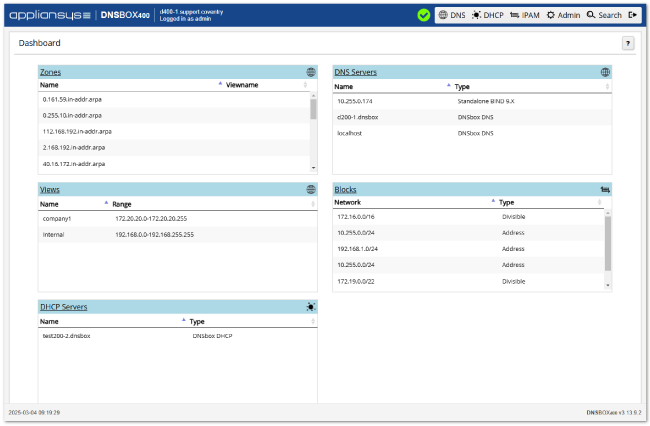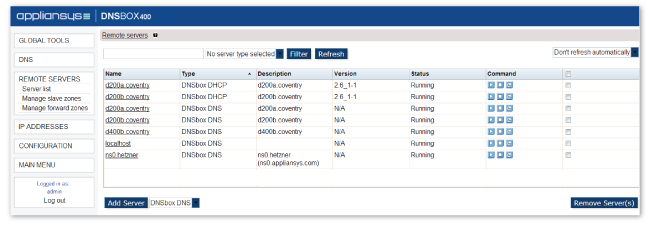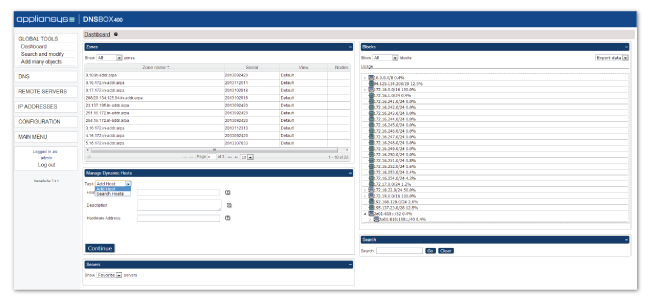A key advantage of DDI solutions is the integration of the IP address plan data with the live actual data held in DNS and DHCP servers. Deploying a ‘joined-up’ DDI solution addresses key problems with using separate tools which are only linked, if at all, through manual effort:
- The cost of “fragmentation” is inefficiency and complexity
- You have to enter data about the use of an IP address in the plan tool
- You then have to enter the same information in a completely different tool which records live data – the DNS or DHCP data
- You then need to keep checking that your actual IP usage is in line with what you said in the plan
- Inconsistencies are likely between the live data and your plan: someone will set DNS or DHCP values which conflict with the plan for IP address space usage
- If this task is shared between people in different parts of the organisation, maybe in different parts of the world, you have a recipe for making lots of work, and maybe even conflict between teams
- You can’t get an accurate, single picture of your network which allows you to oversee the provisioning of IP addresses, manage address reservation and detect new devices
An integrated DDI solution makes managing large, complex IP address spaces much easier, faster and less error-prone. Data can be automatically synchronised between services and viewed in real time from a single interface. This gives you full visibility and control of your core IP services, saving you time and money.
Drastically reduce your workload
An integrated DDI solution is much more efficient.

- A single intelligent software application takes care of both your IP address plan and your live DNS and DHCP data.
- Instead of 2 or more separate data sets, there is a single consistent data set. The ‘plan’ is always in line with the ‘actuals’. In effect, you see two different views of the same data, depending on what task you are doing.
- If you allocate a domain to a different IP address in your plan view, the relevant DNS changes are made automatically.
- Attempted changes in your actual view which are inconsistent with the plan are either disallowed or you get to agree to a change in the plan
- The time spent checking and reconciling actual DNS and DHCP values against a separate planning tool is saved
- You can also save time managing all your connected DDI servers within a consistent single software application
Control your names and numbers
The idea of having an IP address plan in the first place, is to achieve control over your IP address space. Now that you have an integrated tool, fit for purpose, that wish can become a reality.
You now can successfully control how IP addresses are used across your organisation.
The IP address plan provides a framework for managing your DNS and DHCP. Because these are now automatically mapped against the plan, you will achieve more discipline and control in the organisation of your DNS and DHCP.

Control the work
Having a single, shared application – which could be shared by administrators around a whole global organisation – means that the sharing of the workload is much more controlled. Your organisation can design appropriate workflows, defining who does what.
Eliminate configuration errors across DDI services
Because you are now working with a single application and a single dataset, in a more controlled environment, you can expect the level of admin errors to be much reduced.

The result will be more reliable DNS and DHCP services.




